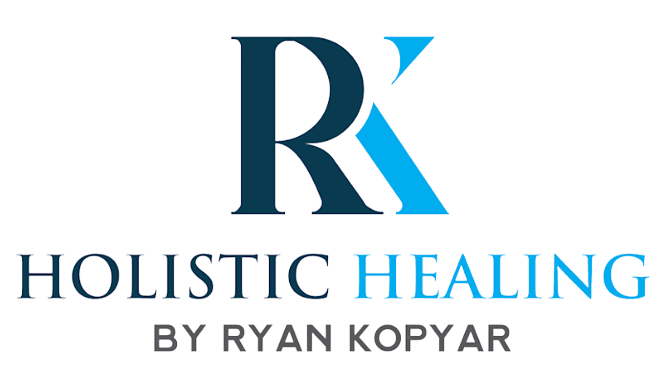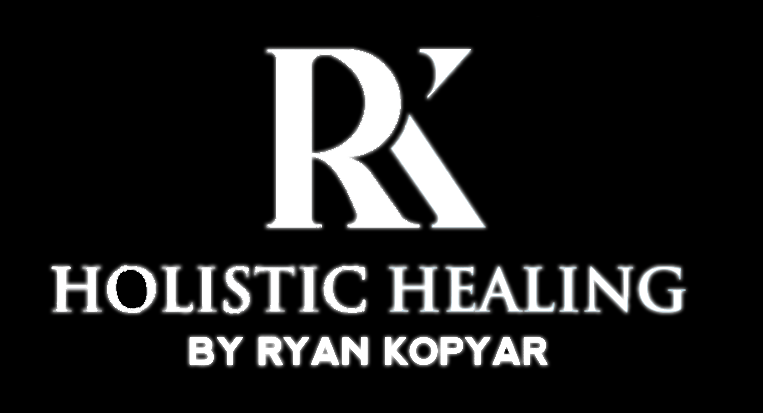Brain Disease Model: Of the Disease Models
As Capuzzi and Stauffer (2013) denote, the general premise of the Disease Model of addiction has been around for several centuries. However, E.M. Jellinek is primarily given credit for creating the underpinnings of first clinically accepted version of the Disease Model (Capuzzi & Stauffer, 2013). One unique aspect to this model is that it is rooted in creating and identifying a hierarchy of factors to which the addiction is attributed. As the name implies, under this model the addiction is viewed first as a disease, thus ranking it highest on the hierarchy of reasons for addition. From there, the possibility of other secondary contributing factors may be examined and considered as secondary etiologies (Capuzzi & Stauffer, 2013). Moreover, in this model, there is a medical diagnostic progression, much like with a physical disease. And in the case of addiction, the prognosis is that the disease will be with the individual until their death (Capuzzi & Stauffer, 2013). The Brain Disease Model takes the aforementioned premise and focuses solely on the perspective of the brain as being the diseased organ (Miller & Giannini, 1990). The premise here being that the brain is diseased, it is uncurable, and that any exposure to drugs or alcohol, will be extremely deleterious to the individual. This model has been used to create the underpinnings of one of most well-known addiction treatment groups, Alcoholics Anonymous (AA) (Capuzzi & Stauffer, 2013).
Example of Addiction Through the Lens of Brain Disease Model
Rodney is a fifty-year-old male. He is a husband and father of two young boys. Rodney is a successful executive vice president at a sales and marketing firm. He does very well financially and is the primary financial support in his family. However, all of these factors put a lot of stress on Rodney, and he has started to use alcohol to numb his stress. He tells his wife he can control his drinking, but she is worried his drinking is getting out of hand. One evening, Rodney arrives home very late from work. He was drinking heavily after work and drove home intoxicated. Upon arriving home, Rodney’s wife confronts him about his drinking and tells him she thinks he should enter into rehab, because he can no longer control his drinking. Upset and in denial, Rodney refuses to listen to his wife, and leaves the house to drive to the bar. In driving to the bar, Rodney is pulled over and arrested for DWI. Six months later when Rodney gets his license back, he once again is arrested for a second DWI. Rodney is full lost in his alcohol addiction and has no ability to control himself. He has lost his job, his license, and is very close to losing his family if he is sentenced to jail for his second DWI. Rodney finally admits to himself and his wife, that as soon as he has the first sip of alcohol, he can not control himself. He realizes that the alcohol has taken control of his life. Rodney now attends AA meetings regularly and realizes that he can’t just have ‘a few drinks’ and that it is best if he abstains from alcohol all together. Rodney admits that he is in recovery, and ‘his battle to stay sober will be an ongoing one.’
Academic Support
Miller and Giannini (1990) define the Brain Disease Model of addiction as a neurochemical dysregulation and neurostructural abnormality which is inherent, and the cause of permanent pathological addictive use of drugs and alcohol. Volkow et al. (2016) support the Brain Disease Model by explain the how the user’s neurocircuitry and even entire brain regions can become dysfunctional and down regulated. Specifically, as it relates to diminished prefrontal cortex functioning, the user’s ability to reason and assess situations objectively becomes inhibited (Volkow et al., 2016). To further support the Brain Disease Model, Volkow et al. (2016) reference the Mental Health Parity and Addiction Equity Act of 2008, where Congress took legislative actions to ensure that mental health addiction treatment is to be approved and covered as a disease by insurance companies in the same way physical health diseases are. Finally, Bell et al., (2013) support the Brain Disease model as they note that “Addiction is increasingly described as a chronic and relapsing brain disease (p.1)”
If you are searching for a substance abuse counselor or addiction counseling near me and you life in Washington State give me a Call me today at 973-224-8171 for a free intro online counseling (also known as virtual counselling or virtual counselling ) session today! Addictions Counseling can help us to overcome our addiction and create the life we want.
References
Bell, S., Carter, A., Mathews, R., Gartner, C., Lucke, J., & Hall, W. (2013). Views of addiction neuroscientists and clinicians on the clinical impact of a ‘Brain disease model of addiction’. Neuroethics, 7(1), 19-27. https://doi.org/10.1007/s12152-013-9177-9
Capuzzi, D., & Stauffer, M. D. (2013). Foundations of addictions counseling. Pearson.
Courtney, A. L., Casey, B. J., & Rapuano, K. M. (2020). A neurobiological model of alcohol marketing effects on underage drinking. Journal of Studies on Alcohol and Drugs, Supplement, (s19), 68-80. https://doi.org/10.15288/jsads.2020.s19.68
Csiernik, R. (2002). Counseling for the family: The neglected aspect of addiction treatment in Canada. Journal of Social Work Practice in the Addictions, 2(1), 79-92. https://doi.org/10.1300/j160v02n01_05
Dong, G., & Potenza, M. N. (2014). A cognitive-behavioral model of internet gaming disorder: Theoretical underpinnings and clinical implications. Journal of Psychiatric Research, 58, 7-11. https://doi.org/10.1016/j.jpsychires.2014.07.005
Koob, G. F., & Le Moal, M. (2006). Neurobiological theories of addiction. Neurobiology of Addiction, 377-428. https://doi.org/10.1016/b978-012419239-3/50046-1
McHugh, R. K., Hearon, B. A., & Otto, M. W. (2010). Cognitive behavioral therapy for substance use disorders. Psychiatric Clinics of North America, 33(3), 511-525. https://doi.org/10.1016/j.psc.2010.04.012
Miller, N. S., & Giannini, A. J. (1990). The disease model of addiction: A Biopsycihatrist’s view. Journal of Psychoactive Drugs, 22(1), 83-85. https://doi.org/10.1080/02791072.1990.10472201
Pert, C. B. (1997). Molecules of emotion: Why you feel the way you feel. Simon & Schuster.
Shanmugam, P. K. (2020). Psychoeducation impact for family members of substance users: An evaluation the workbook “Addiction: A family disease”. Journal of Substance Use, 26(2), 202-211. https://doi.org/10.1080/14659891.2020.1807632
Volkow, N. D., Koob, G. F., & McLellan, A. T. (2016). Neurobiologic advances from the brain disease model of addiction. New England Journal of Medicine, 374(4), 363-371. https://doi.org/10.1056/nejmra1511480



